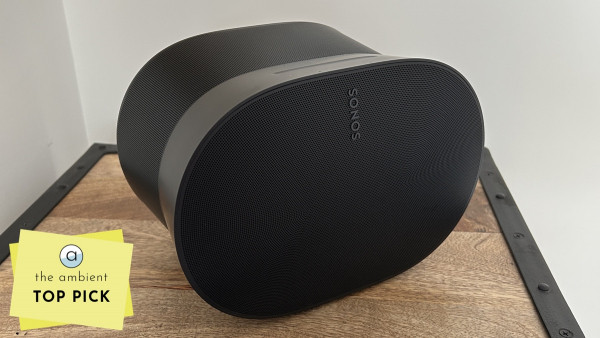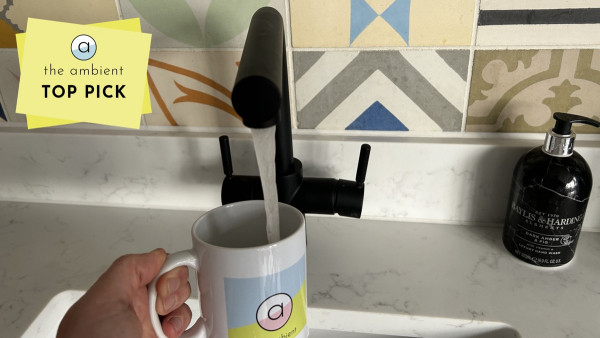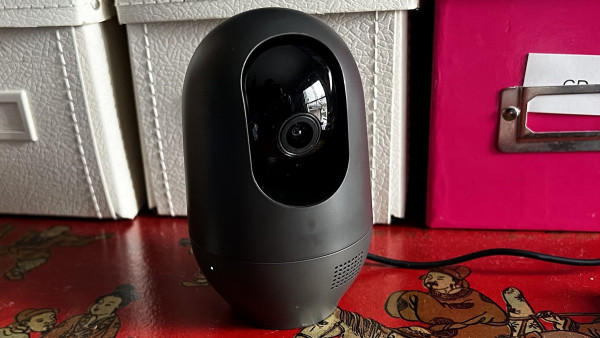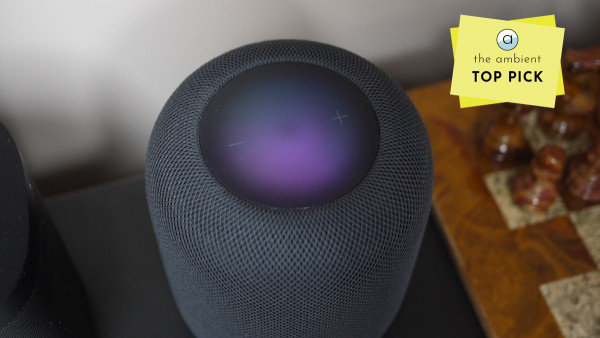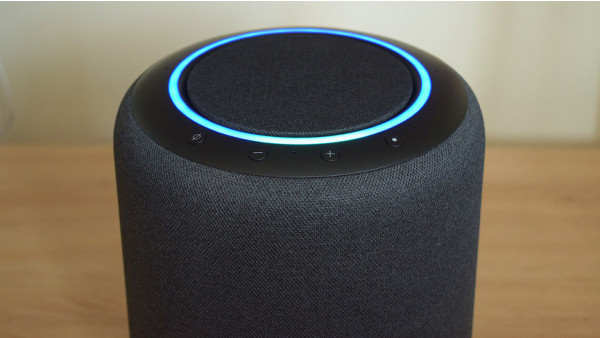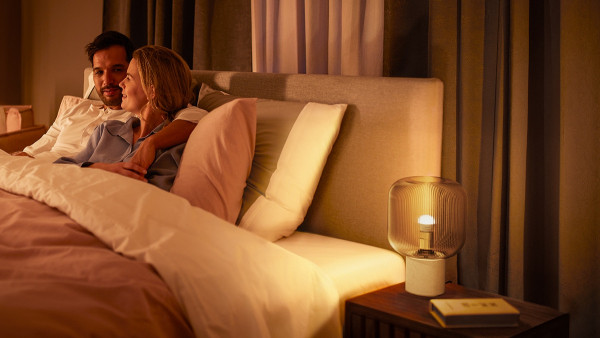Sonos Era 300 Review: The next-generation sound from a speaker
6 min readSonos announced a pair of smart speakers in 2023. The Sonos Era 100, and Sonos Era 300, not only represent a new naming scheme from the multi-room audio expert, but also a change of direction for sound.
The Sonos Era 300 is the first Sonos product that does not use a soundbar and offers spatial audio.
The Era 300 comes in a revolutionary new design which instantly distinguishes it from the other speakers of your Sonos system.
The Era 300, priced at $449/PS449, is a high-end Sonos Speaker that kills off the Play:3 and, although it’s a little cheaper, holds a bigger claim on the flagship speaker than its older sibling, the Sonos Five.
The Era 300 speaker is the best Sonos product to date. Its performance is simply stunning.
It is priced at a bit more than the 2nd generation Apple HomePod, which costs $299/PS299 and the Amazon Echo Studio, which costs $199/PS199.
After reading this review, we’ll explain why it’s worthwhile to spend the extra money.
Find out more about the Sonos Era300 in our complete review.
Sonos Era300: Design and Build
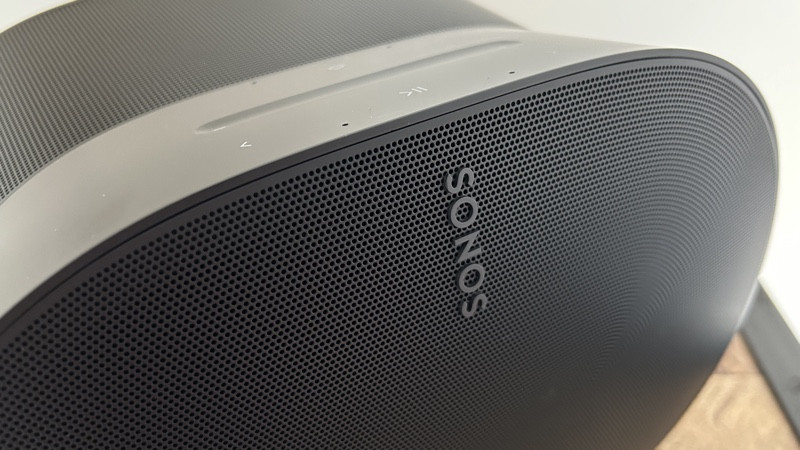
The Era 300 has a radical new design. The Era 300, unlike Sonos’ other mid-to large sized speakers like the Play:3 or FIVE is not a rectangular box. Instead it has a shape that its makers call “cinched-hourglass.”
The Era 300 comes in either matte black or white. It is asymmetrically curved from the center, ending at a massive mesh grill on the front that is oddly imposing. It has a gramophone-like aesthetic.
The newer Sonos speaker may not be as seamless as the older ones, but it will still be noticeable.
It’s up to you whether that is a good thing or not. For me, my opinion changes every day. Some days I see it as a futuristic marvel and other days it is a disgusting eyesore.
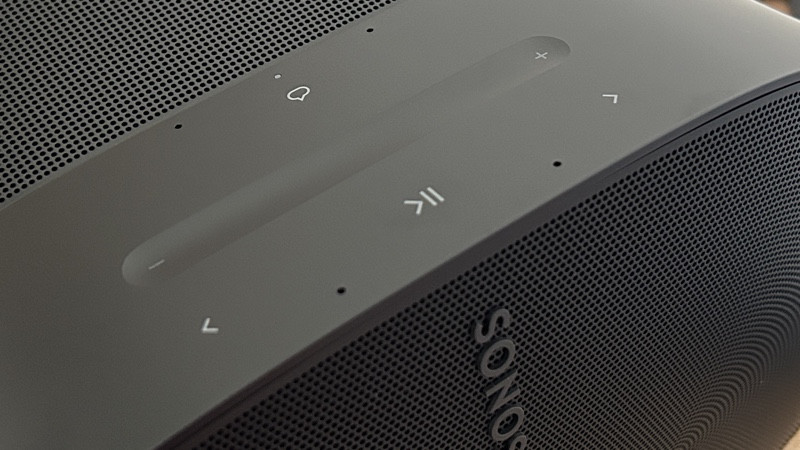
In either case, I like the new design of the top panel which includes a new slider for volume.
The slider is much more intuitive than the tap buttons on top of the Sonos speaker. It makes it easier to reach the exact volume you want.
Along with the new slider, you’ll also find the usual Sonos touch buttons: play/pause and track skip forward/back. There is also a button that summons a voice assistant.

The back of the device features a sleek new way to make an electrical cord look cool. It also has a physical switch which can be used to turn off the microphone, if you don’t want Alexa or Sonos voice assistant.
There is also a USB C port, which was new to Sonos. However, there is no Ethernet RJ45 jack nor a line-in 3.5mm jack.
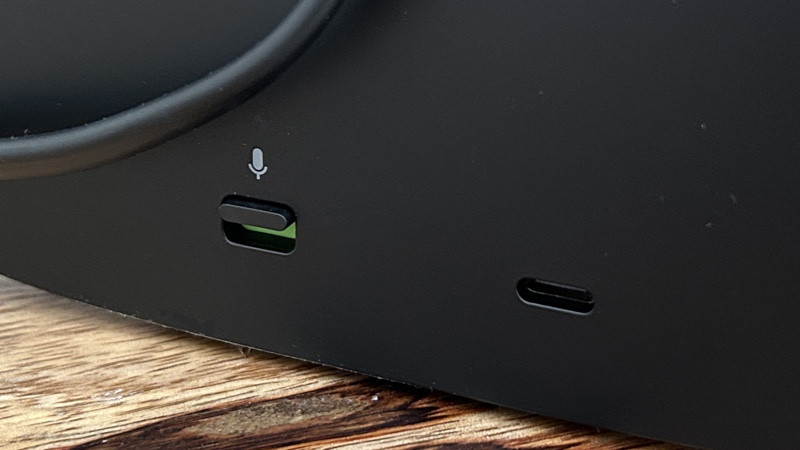
Plugging an adapter in the USB-C port at the back will allow you to use both Ethernet and Auxiliary Audio. Sonos offers a combo adapter that includes both 3.5mm audio and Ethernet at $25/PS25, or one with just line-in for $19/PS19.
It’s a necessity to keep everything streamlined, but there is good news: There’s a second speaker in the Sonos set-up to play your vinyl records.
Sonos Era 300: Spatial audio
The Sonos Era 300 doesn’t have spatial audio capabilities. The Sonos Arc Soundbar is the first Sonos speaker to feature spatial audio.
Sonos soundbar showdown: Sonos Beam 2 vs Sonos Arc
The ‘big’ thing in music is spatial audio. Apple originally used the term “HomePod” and AirPods to describe the HomePod. It means that all tracks, whether they are TV or movie soundtracks or songs, are recorded using the Dolby-Atmos format. This offers more audio channels than stereo recordings, which only have two.
It’s been big in the past couple of years for home cinema movies and TV series. This is why Sonos’ flagship Soundbar and the Beam 2 are so popular.
It is also becoming popular in music recording, partly thanks to Apple’s AirPods and brands such as Sony with their 360 Spatial Sound.
A Sonos executive told us at a briefing on the Era launch that 80 of the 100 most popular Billboard tracks are available in Dolby ATmos.
Users of Sonos can also stream spatial audio using Amazon Music Limited. Unfortunately, there is no spatial audio available on Spotify and Sonos does not yet offer Tidal’s Dolby-Atmos tracks.
It’s not easy to find spatial audio tracks right now, but it will become much easier (and most likely the default) over the next few months.
Look out for curated collections and playlists that mention spatial audio or Dolby atmos.
If you look at the screenshot below, you will see that the Dolby icon appears on your Sonos App.

Apple Music users will have to accept that the audio is spatial if they listen via Apple Music.
When you pair an Era 300 to a Sonos speaker that does not support spatial audio, such as the Sonos Ray and One, you will notice a silent pause. This is something you would normally never experience with Sonos. This is because the stream changes from Dolby atmos to a “normal” stream. You can’t have spatial audio on your Era while having a non-spatial track synchronized with other speakers.
The spatial audio feature is only available via Wi-Fi. Bluetooth and AirPlay will ‘downgrade’ the stream to a normal one.
Apple Music via AirPlay, for instance, reverts back to lossless.
Sonos informs us that a soon-to-be released software update will allow users to toggle the Sonos App to enable or disable spatial playback.
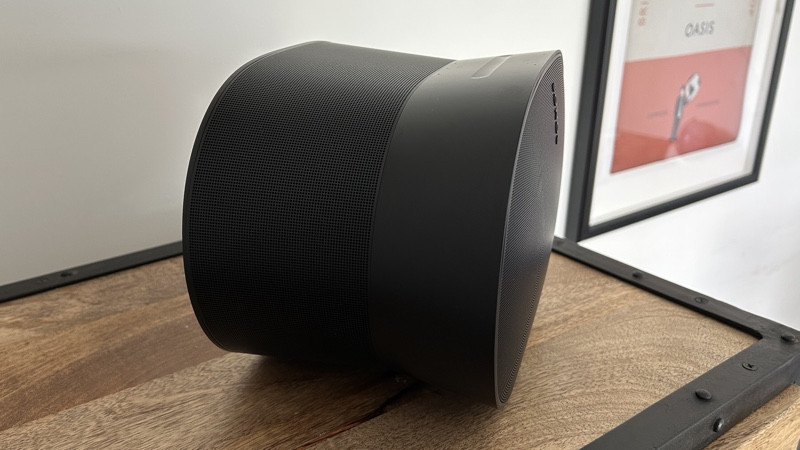
Trueplay is the same for any Sonos speaker. Once you add the Era 300, you will want to optimize its performance.
It’s not only iPhone users that are being catered for. Android users can now enjoy Sonos Trueplay, in a way.
Users of the Sonos Android app will see a Quick Tune feature that optimizes the Era 300’s sound with a single push.
Trueplay is still the best option for optimum performance, but it’s nice to see that Android users have been taken into consideration.
The hourglass-shaped Era 300 has six class-D amplifiers and four tweeters that can be fired in any direction for Dolby-Atmos (one upward-firing speaker, two side-firing speakers, one forward-firing).
You can adjust the height of your ceiling within the a href=”https://www.the-ambient.com/guides/sonos-s2-app-system-update-guide-s1-2256″>Sonos S2 app/a> for optimal reflection. The Sonos app allows you to adjust the height of the ceiling for the best reflection.
The woofers are also angled to the left and to the right for stereo playback.
This means that wherever you put your Era 300, whether it’s in the living room, the kitchen, your office, or anywhere else, your Era 300 will deliver a fantastic sound performance.
I’ve probably heard There Comes The Sun by the Beatles 8 billion times. It sounds better than ever in the Era 300’s spatial audio.
The familiar, almost magic, acoustic-guitar starts in the middle of the room, before George’s “do do do do do do” seems to appear from above. George’s opening line is in the center and front, then Paul’s background is all around me.
Both weird and amazing in equal measure
It’s obvious that this song has been remastered to spatial audio.
Listen to a track mixed in Dolby atmos. The effect is mesmerising.
Clash, by Dave and Stormzy mixed in native spatial audio, will throw you around the entire room. The drum loops bounce off of each other and the lyrics play off from different angles.
It uses your walls, ceilings and contours to create a sound that is both huge and fills the room.
This 360-degree sound almost seems unreal coming from a speaker on a shelf.
Sonos Era 300: Going further
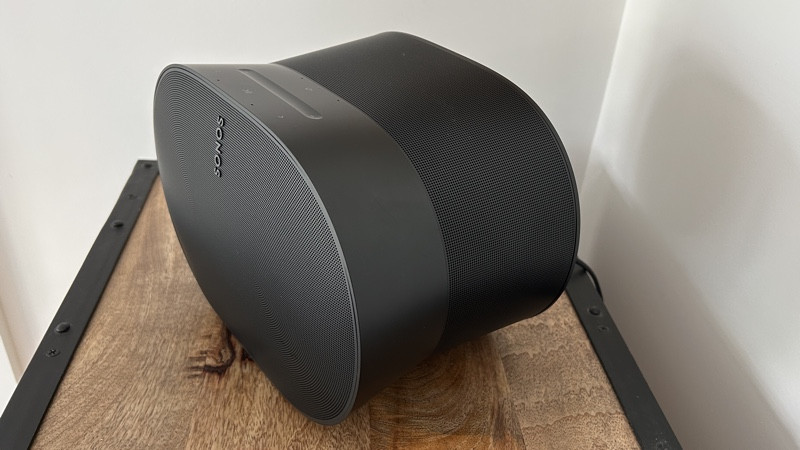
The Sonos Era 300, like the Sonos Roam or Sonos Move is a Bluetooth speaker, a Wi-Fi speaker (6E), and an Apple AirPlay speaker.
There’s no Google Assistant, but you can use Sonos voice assistant to access Amazon Alexa.
The Era 300, priced at $449/PS449 is an extremely high-end Sonos Speaker that can fill a large room. It is also a stereo pair for Sonos or can be used in a Sonos Surround Sound setup.
It’s actually the first Sonos Speaker that can deliver multichannel surround sound if it is synced with an Arc, or 2nd generation Beam.
If you really want to go all-out, you can pair a few Era 300s with some Sonos Subs and an Arc for a multi-channel, 7.1.4 Dolby atmos surround sound experience.
The new Sonos Sub Mini and a Beam 2 are a great way to get a cheaper but still awesome sound system.
Personal, I believe that using the Era 300s for rear speakers in home cinema is overkill. However, if you have the money and the right room to do so then why not?

